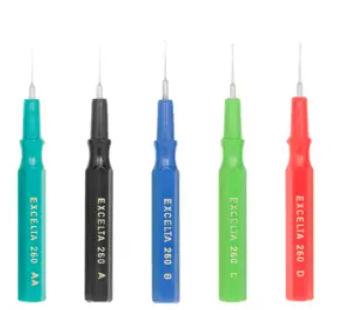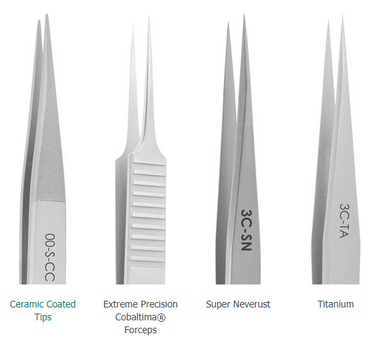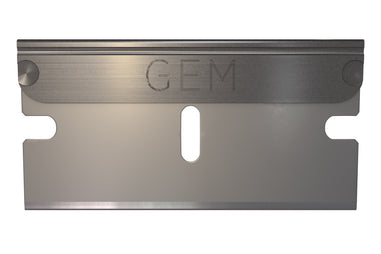- No products in the cart.
Introduction
Intravascular stents can be manufactured using a variety of different methods, which can be broken down into bottom up and top down approaches. Bottom up methods involve building the stent material and the shape simultaneously, and includes techniques like 3D printing. In a top-down method, the starting point of the fabrication is a large piece of the desired material, and the desired shape is formed by subtractive techniques like etching or laser machining. The selection of the specific fabrication technique is based on a combination of the inherent properties of the stent material, and the shapes required.
Due to the difficulty of synthesizing nitinol, including the requirement for very high temperature and extreme sensitivity of its properties to composition and synthesis temperature, top-down methods are used to fabricate stents and other medical devices from nitinol. Currently, the two most common fabrication methods are laser machining and photochemical etching, which will be described in detail below. Today, nitinol devices are generally fabricated from a thin-walled nitinol tube or wire, or in some cases a thin nitinol sheet.
Note that nitinol is a relatively hard material, with a Rockwell hardness of roughly 60, which is similar to steel. Specially designed cutters with sharp cutting edges made of hard materials are recommended for high quality, precise cuts. These cutters should be cleaned and inspected regularly, and should be replaced if they become damaged or dull.
Laser Machining
Laser machining works by using a laser- the neodymium:yttrium-aluminum-garnet or Nd:YAG laser is the current industry standard to precisely remove material from selected areas of a part. This is done by heating the part locally to a very high temperature with the laser, which causes the material in that area to either evaporate quickly (ablate), or to melt, or react with oxygen if it is present.
The main quality concerns when using this method are the redeposition of the removed material, the accumulation of contamination products (dross) or burrs on the part, and the formation of heat-affected zones (HAZ), which are areas where material was not removed, but the part was affected by the high temperature from the laser .
Due to its shape memory and superelasticity, Nitinol is particularly sensitive to forming HAZ. For this reason, Nitinol is usually laser machined using a pulsed laser. In this type of laser machining, the laser is pulsed on for just a small fraction of a second, causing ablation, then is switched back off, which allows the part time to dissipate heat and cool, then the pulse is repeated.

Commercial Nd:YAG and fiber lasers typically use pulse lengths of ~ 10-9 - 10-6 s, at between 10 Hz to 10 kHz. These lasers are used for high speed manufacturing of larger, thicker parts. More recently, femtosecond lasers, which deliver pulses ~ 10-13 - 10-12 s in duration, have been used for this application. These can be used to improve the precision and reduce the heat loading on smaller parts. Because the heat transfer to the part is very small in this type of processing, it is sometimes referred to as “athermal”. These lasers also have the advantage of being able to partially remove material without cutting all the way through it, allowing for the formation of small wells or texture on the surface.
Another topic of active research and development in this area is the intentional use of laser heating during the cutting process to locally control the mechanical properties of the nitinol device. The mechanical properties of nitinol are highly sensitive to the Ni:Ti ratio, and thermal history. Ni is preferentially removed by laser heating, so for this reason controlled laser exposure can be used to change the local Ni:Ti ratio and affect mechanical properties.
Photochemical Etching
A second, though less common method for fabricating nitinol medical devices is photochemical etching. In this method, a piece of nitinol tube, wire, or other shape is selectively masked, then exposed to a chemical etchant.
The main advantages of this technique are that it avoids the formation of burrs and redeposited material that can be an issue with laser machining, and does not involve the exposure of any area of the stent to high temperature. However, the processing speed is generally slower than laser machining, and is best suited for making 2-d shapes, unless the desired 3-d shape can be made by folding or rolling.
One trend in this area involve the use of alternate and less hazardous chemicals in the etching procedure. A second is the incorporation of microfabrication techniques, including photolithography and thin film deposition, to fabricate more intricate, precise, and three dimensional shapes [2].
Conclusions
Fabrication of intravascular nitinol stents is a highly demanding and precise process. It is typically done using laser machining, using fast pulses to reduce the heat load on the part, or less commonly by selective chemical etching. Recent trends in this area include the use of more advanced laser pulsing technology, laser processing to control material properties while cutting, and the incorporation of microfabrication techniques. Handling nitinol raw materials and finished parts often involves cutting, which requires use of hardened cutters made for this type of material.
For over 40 years, Lab Pro has been committed to delivering the highest quality cutters and tweezers to tech laboratories worldwide. Come visit the biggest Lab Supply showroom in California, or contact us online or at 888-452-2776.












































